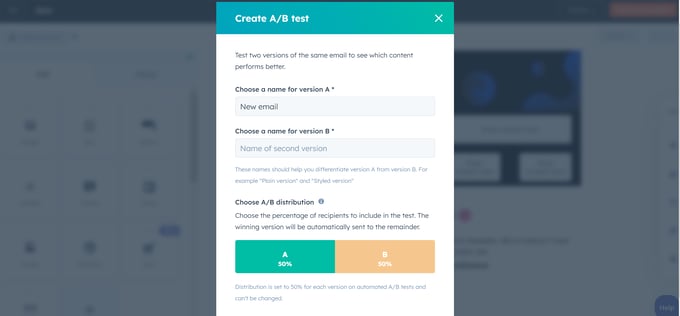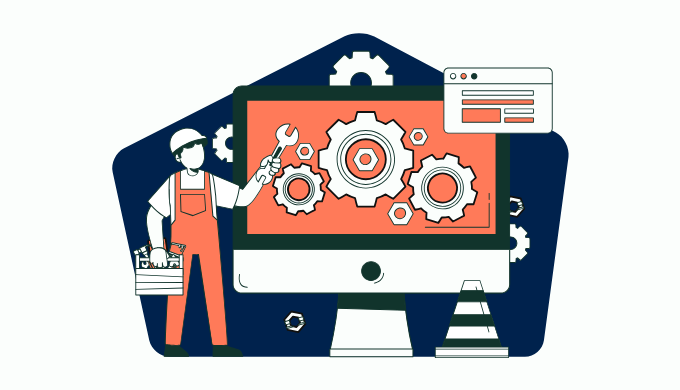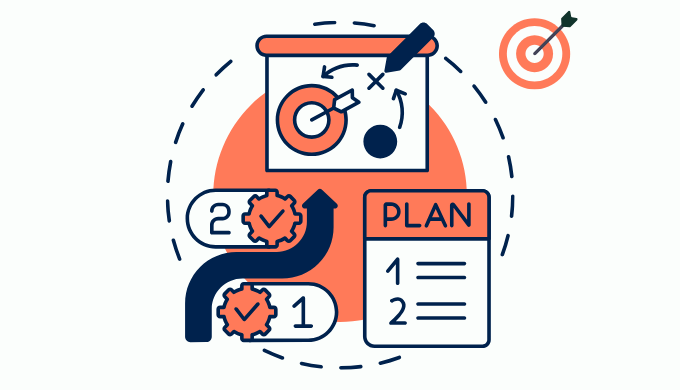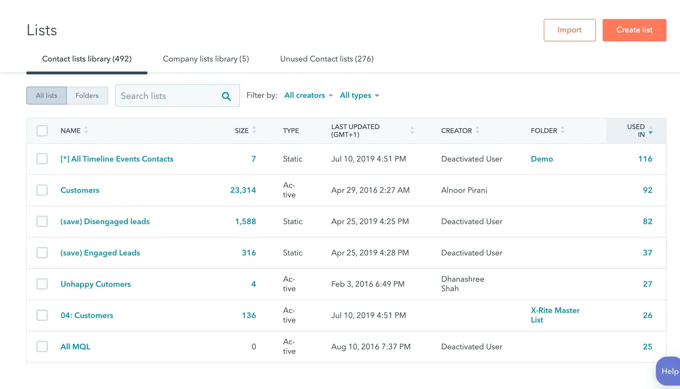Marketing is an important part of any business, regardless of its size. However, if the right marketing strategy or tools are not used, then it might lead to serious problems, such as being overtaken by competitors.
Traditional marketing includes a lot of manual labor, which reduces overall performance, speed, and efficiency.
Marketing automation is the use of software or tools to automate repetitive marketing tasks within an organization. This helps in improving most aspects of marketing, including email and lead generation, tracking and building long-term customers, teamwork and communication, reporting, and decision-making.
Although marketing is a powerful tool, it becomes even more so when it is automated. Since automation is currently one of the most popular strategies, many businesses are using it to perform tasks automatically instead of manually doing them. Software such as HubSpot, Salesforce, Zoho CRM, Drip, and others can be used to automate such tasks.
Advantages of Marketing Automation
The following are some benefits of marketing automation among many that will convince you to use marketing automation for your business as well.
Scalability
With the help of automation, you don’t need to increase your employee count because automated systems can manage millions of contacts in one frame.
This goes to show that when a business scales, it will require more employees to manage tasks that come with more leads. However, automation can help manage these tasks easily without the need to hire anyone new to complete these tasks.
Data-Driven decision-making
You can use analytics to get real-time data, and based on that, you can easily make informed decisions and optimize campaigns.
It ensures data-driven decisions by highlighting what works, forecasting outcomes, and guiding resource allocation for maximum impact.
Lead Generation and Nurturing
Managing leads is one of the most difficult tasks. However, automation makes it simple to determine which leads to focus on because it nurtures leads and helps you prioritize the most engaged or high-fit ones, which saves you time and improves the process.
.webp?width=680&height=453&name=HubSpot%20Lead%20Nurturing%205%20(1).webp)
Source: YouLead
Personalization
By allowing for personalization, marketing automation can make it easier for marketers to increase audience engagement and personalize their experience through tailored content.
A/B Testing
Campaigns, emails, and sometimes landing pages can be A/B tested using automation tools, helping identify which variation performs better.

Integrations with other tools
To integrate various systems, such as CRM, analytical tools, websites, e-commerce platforms, and many more, the marketing automation platform can offer an integration option.
Reduction of Human Error
Marketing automation minimizes human error by streamlining processes like automated scheduling and email sequencing, ensuring consistent and accurate messaging. This approach not only enhances efficiency but also helps maintain a polished and professional brand image.
Tracking the Behavior
Through automation, we can learn about our customers' interests based on their interactions, which helps us create more effective future strategies to attract them and send them tailored emails to foster enduring relationships.
Disadvantages of Marketing Automation
The following list includes some of the drawbacks of marketing automation.
Complexity and Setup Cost
Depending on the various software subscription plans you purchase to implement marketing automation, the cost of the platform can vary. Secondly, you need qualified staff who understand how to control the automation using the particular software platform you select.
Reduce Creativity
When you rely too much on automation, you run the risk of losing creativity, making your campaign appear robotic, and negatively impacting the customer experience.
Time-taking process
Marketing automation is a complex tool that may take time and can require some training as well because it has lots of advanced features that need to be learned.
Regular Maintenance
Automation may require routine testing, maintenance, and monitoring to make sure all workflow executions are functioning properly and to check for bugs.

Dependent on Data
Data accuracy is crucial for marketing automation software; if your data is inaccurate or out-of-date, it could result in unhappy customers, irrelevant information, significant opportunity costs, and more.
Mark as Spam
Sending automated messages to too many recipients can make them feel like spam, which can negatively impact the reputation of your brand as a whole.
Technical Downtime
Like any software, occasional bugs or outages in automation tools can disrupt campaigns or workflows, especially when dependent on third-party integrations.
Difficulty in Readjustment
Modifying complex workflows with many branches and dependencies can take time, especially if multiple teams are involved.
What Marketing Automation Tools Can Do For You
There are numerous things that a marketing automation tool can do for you; it can improve overall performance and free up time that marketers can use to focus on creative strategy.
Additionally, it can use a single platform to manage campaigns across various channels, including social media, websites, emails, and SMS. By tracking user interactions across channels, you can design more effective customer journeys. Personalization can be made very simple with marketing automation.
To create personalized messages based on their behavior and engagement history, you simply need to view the interactions first. Marketing automation tools can automatically generate reports on conversion rates, campaign performance trends, and other key metrics to guide future strategy.
Points to Keep in Mind When Implementing Marketing Automation
There are a few things to keep in mind when putting marketing automation into practice, some of which are covered here.
Clear Objectives
Before implementing the marketing automation structure, it is necessary to keep in mind the objectives. By defining that, you should have clear objectives of the automation in your mind, such as customer retention, lead generation, etc.

Try to prevent over-automation
In order to preserve some authenticity during customer interactions, you should not rely entirely on automation; you also need to incorporate some human touches.
Content Quality
When setting up an automation, the first consideration should be the quality of the content, as the more relevant the content, the greater the chances of upscaling. The audience should find it compelling. Therefore, producing excellent and pertinent content must be a top priority.
Training
Before implementing marketing automation, you should train your team on how the automation works, teach them all the needed skills, and train them about all the relevant features of it, from setup to reporting.
Segmentation of Audience
To provide a personalized experience to your audience, you should set clear strategies for segmentation in the marketing automation platform; otherwise, it could lead to problems.

Source: HubSpot
Conclusion
In conclusion, marketing automation has many benefits, such as the ability to perform extremely complex tasks with ease, provide data-driven insights, and boost productivity and scalability.
It also has drawbacks, such as complexity, high setup costs, and the need for periodic monitoring and updates to ensure workflows remain accurate. However, it will be effective if you successfully implement automation, which can enhance long-term growth, customer satisfaction, and overall marketing performance.
Therefore, the secret to success in implementing marketing automation is striking a balance.


-1.webp?format=webp&width=400&height=250&name=Untitled%20design%20(1)-1.webp)